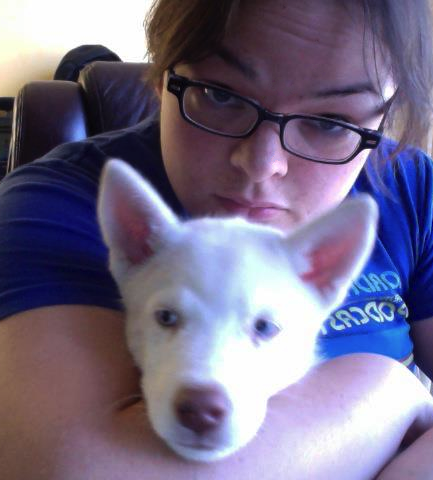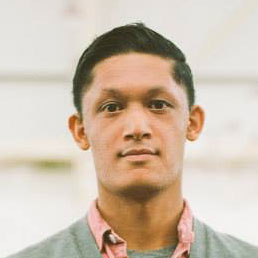I’m surprised to see so many human hands making a Nikon camera lens. I thought machines do all the work. It’s nice to know something so cold and mechanical can still be handcrafted—handmade.
Great defense by OXO
A great response from OXO to an accusation that they ripped off the design of a competitor’s product. Measured, respectful (especially considering the other side’s very public disrespect), clear, and well documented. If you ever have to do this sort of thing, this is how you do it.
A fascinating future of DNA data storage
“And using DNA would finally divorce the thing that stores information from the things that read it. Time and again, our storage formats become obsolete because we stop making the machines that read them—think about video tapes, cassettes, or floppy disks. That’s a faff—it means that archivists have to constantly replace all their equipment, and laboriously rewrite their documents in the new format du jour, all at great expense. But we will always want to read DNA. It’s the molecule of life. Biologists will always study it. The sequencers may change, but as Goldman says, “You can stick it in a cave in Norway, leave it there in a thousand years, and we’ll still be able to read that.”
Writing tip: say the opposite
Here’s a great bit of advice from Jakob Nielsen’s 2001 post about writing company taglines:
…look at how you present the company in the main copy on the home page. Rewrite the text to say exactly the opposite. Would any company ever say that? If not, you’re not saying much with your copy, either.
Great copy doesn’t remind people what they already know and expect about your product, it tells them why they should care.
Welcome, Natalie!
Remember when I said we hired Chris after advertising for a GMT position a few months ago? That was a bit of a fib. We were actually blown away by two applications during that go-round and decided to hire both of the candidates we liked. Natalie Keshlear joins us from the venerable community team at SoundCloud. She’ll be working with us from Berlin, Germany.
Natalie is originally from Southern California, but moved to Berlin about 2 years ago to work for SoundCloud. She loves it there, but decided she couldn’t pass up an opportunity to stay in a place she loved and work with we happy-makers. While we were originally looking for only one more European support team member, we decided to treat Chris and Natalie like Pokémon and caught ‘em all.
If you’re playing along at home, you’ll have counted 10 Supportketeers, but this isn’t entirely accurate. You may have noticed a picture of Michael’s new working environment a few months ago. We recently integrated QA testing into our development process, with Michael taking the lead. His effort has prevented potential problems and bugs in every new feature in Basecamp. Look for more details about this in the future.
Please join us in welcoming our 35th Signal, Natalie Keshlear and congratulating Michael on his new role.
Launch: Basecamp Personal, the Basecamp for all your projects outside of work
Since the beginning, Basecamp has been marketed as a collaboration tool for small businesses (or small groups inside larger businesses).
However, over the years we’ve also heard from many thousands of people who use Basecamp outside of work. They’ve turned to Basecamp to help them manage home improvement projects, hobby projects, volunteer projects, school projects, weddings, etc.
But one complaint we’ve heard is… Basecamp is priced for businesses, not for personal side projects.
So today we’re going to make it easier for people to use Basecamp for their non-work projects. Today we launch Basecamp Personal.

Basecamp Personal is priced for personal projects. Instead of paying a monthly subscription fee, you can buy a Basecamp Personal project for $25. That’s a one-time-fee. Just $25, and it’s yours. Need another project down the road? Buy another one for $25. Buy one, buy many – buy just what you need, as you need it, and never have to worry about paying a monthly subscription.
How else is Basecamp Personal different from Basecamp?
Basecamp Personal projects include 1 GB of file space and you can collaborate with up to five people. There are a few other differences, too. Here’s how Basecamp Personal compares to the full version of Basecamp.
Available exclusively for current Basecamp users
For the next few months, Basecamp Personal is available exclusively for current Basecamp users. You don’t have to be the Basecamp account owner – you just have to be a user on a Basecamp account, any Basecamp account.
Down the road we plan on opening up Basecamp Personal to anyone. But for now, it’s just for people who already use Basecamp.
Start a project today
So if you have a Basecamp account already, and you have a personal project that could use some Basecamp-style organization, hop on over and get yourself a Basecamp Personal project today for just $25.
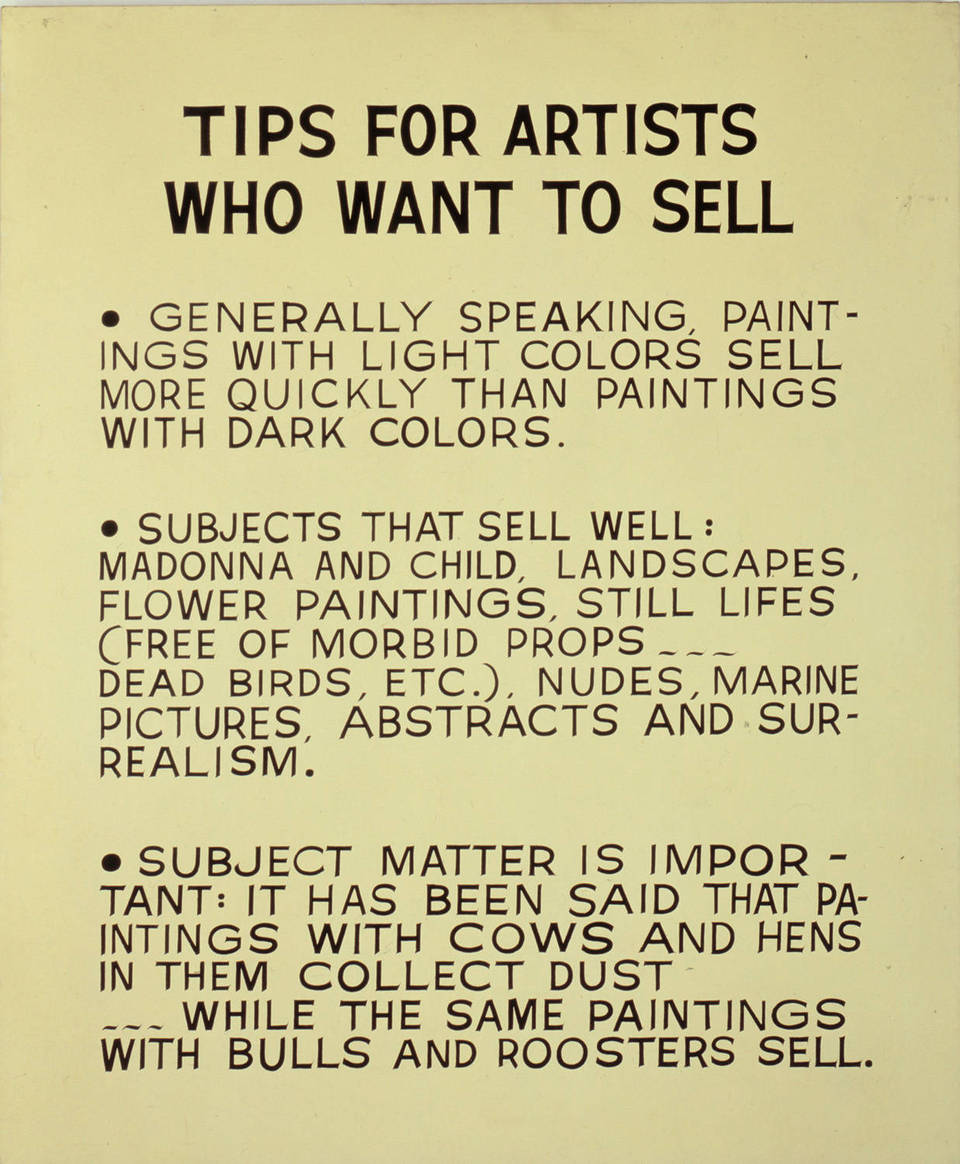
John Baldessari (American, b. 1931). Tips for Artists Who Want to Sell, 1966-68. Acrylic on canvas. 68×56 1/2 in. (172.7×143.5 cm). (via Making Deals Zine)
Reminder: Design is still about words
Click away from the pen tool…
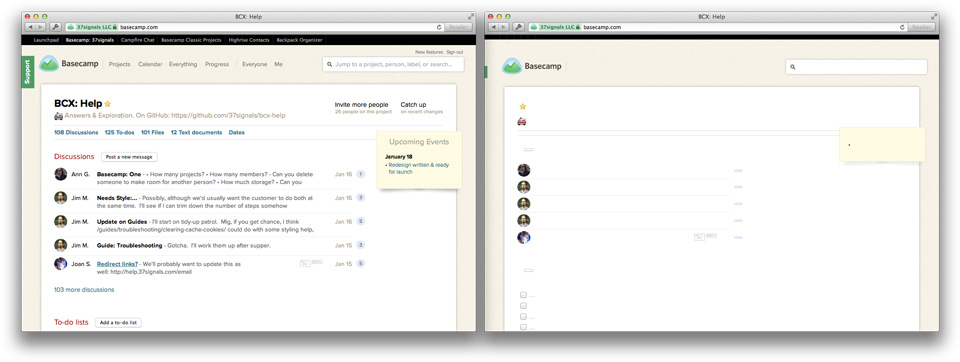
Put down your Pantone book…
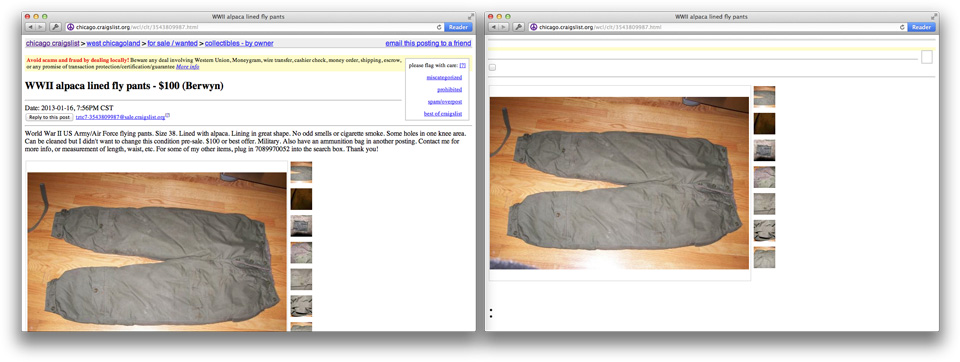
Stop rearranging your layers…
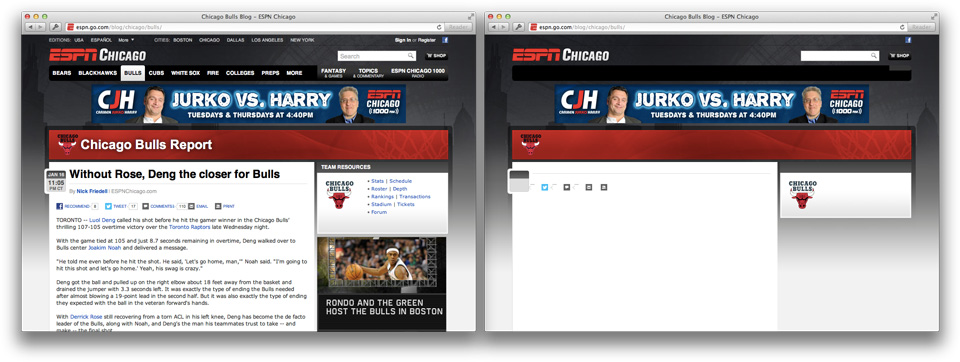
Close your stock texture folder…
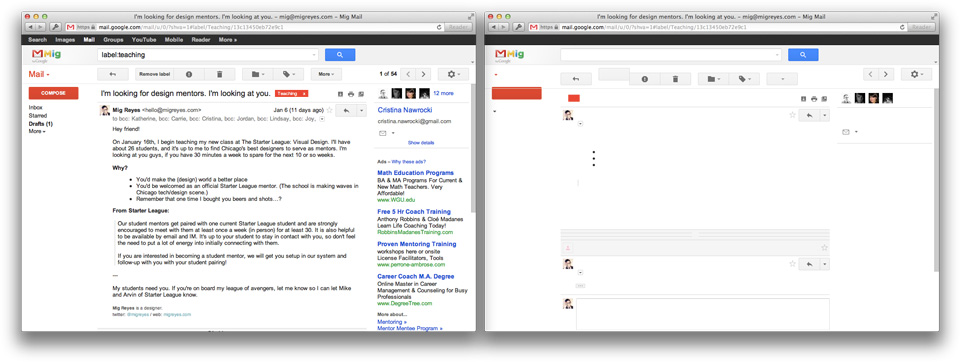
Log out of your Dribbble…
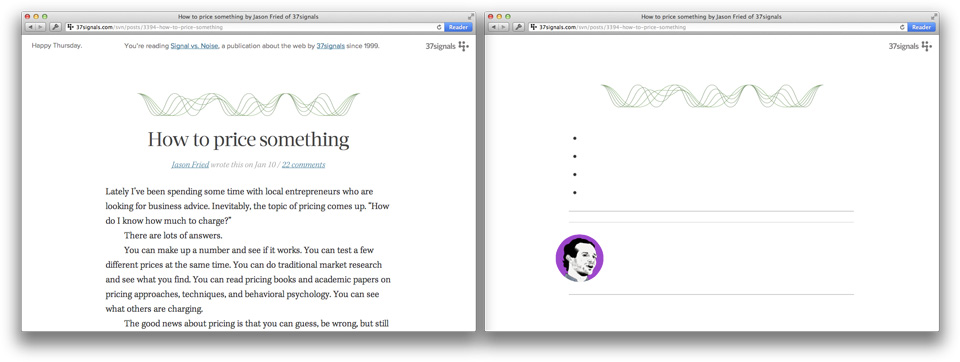
And god dammit, hug your copywriter…
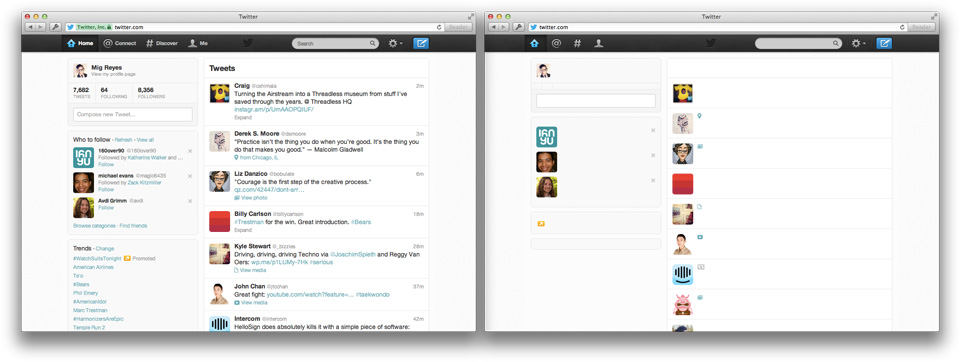
Designing for the web is still about words.
Multitasking

I made this drawing over the weekend while watching football on television, listening to an audiobook, and intermittently using my computer. Multitasking such as this is pretty common these days. Does anyone think that is a good thing?

